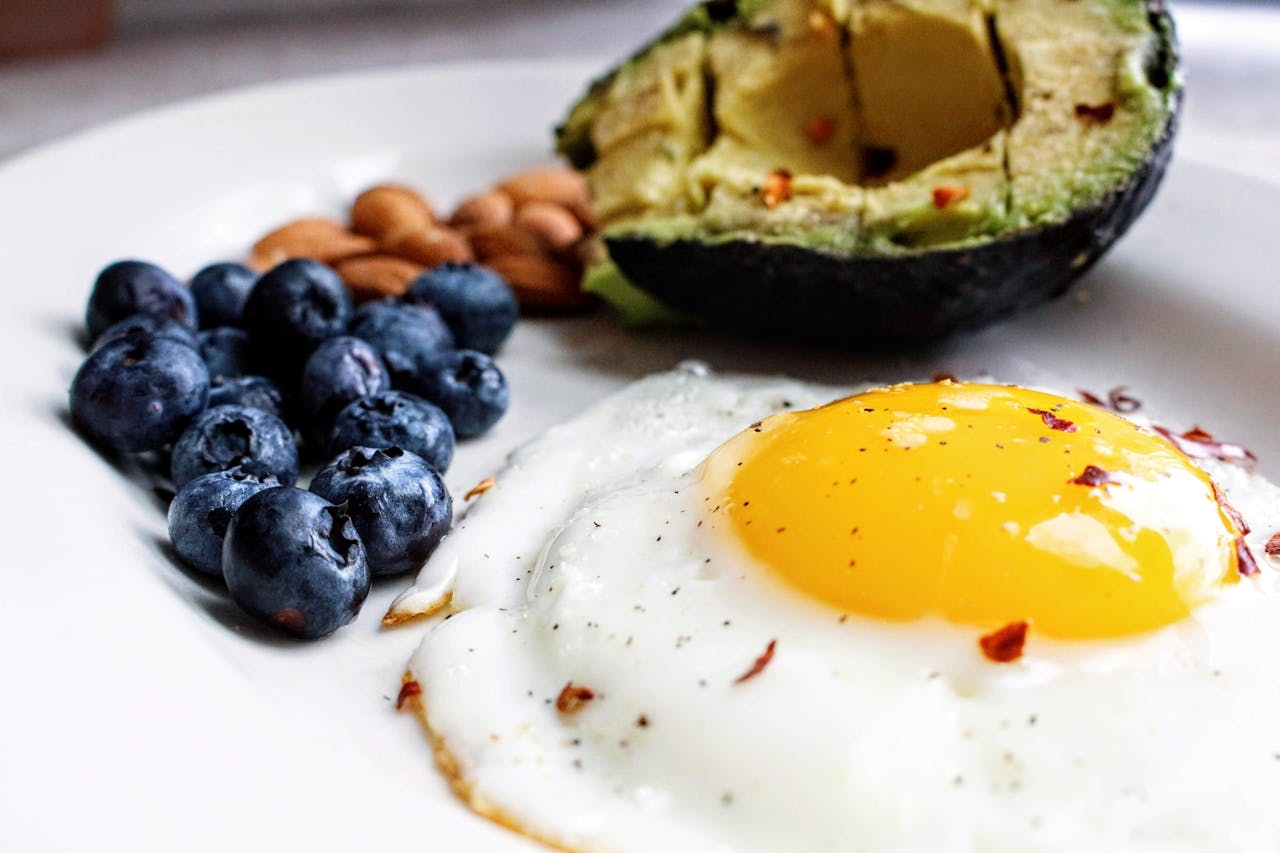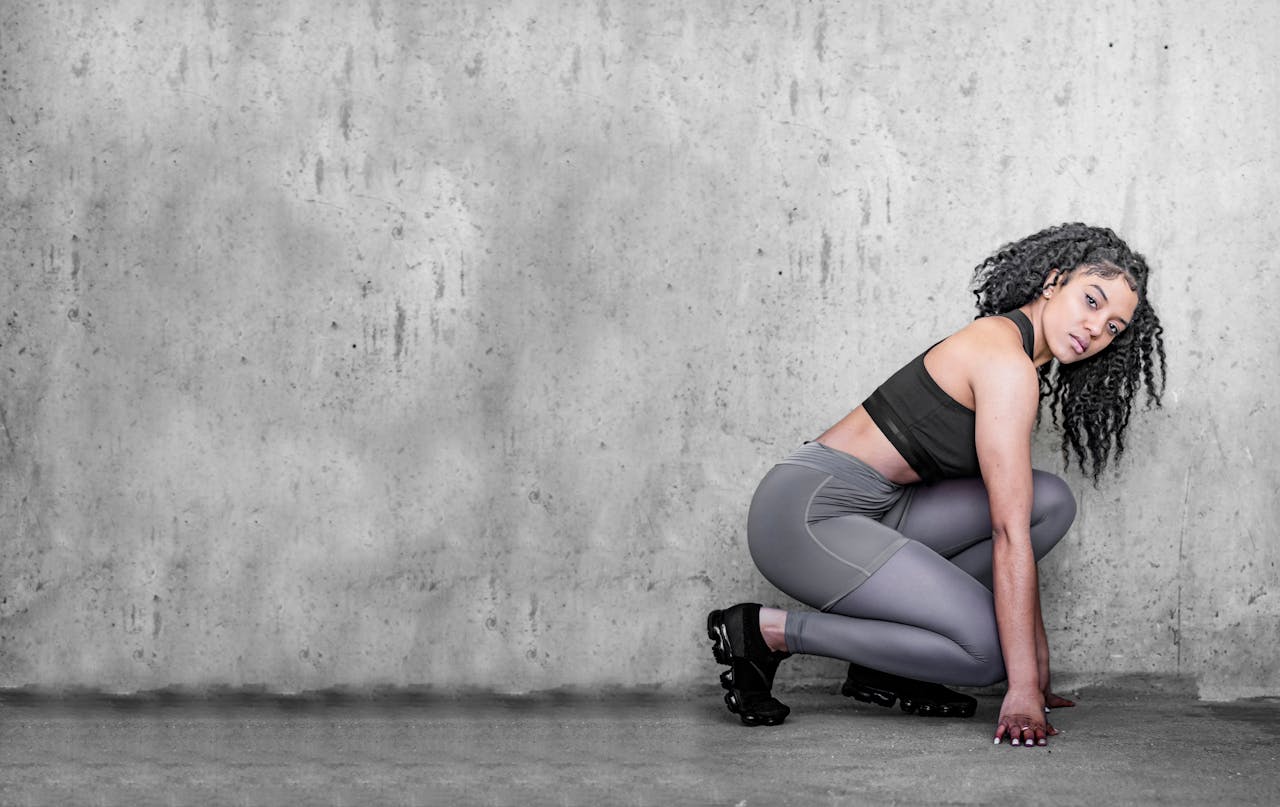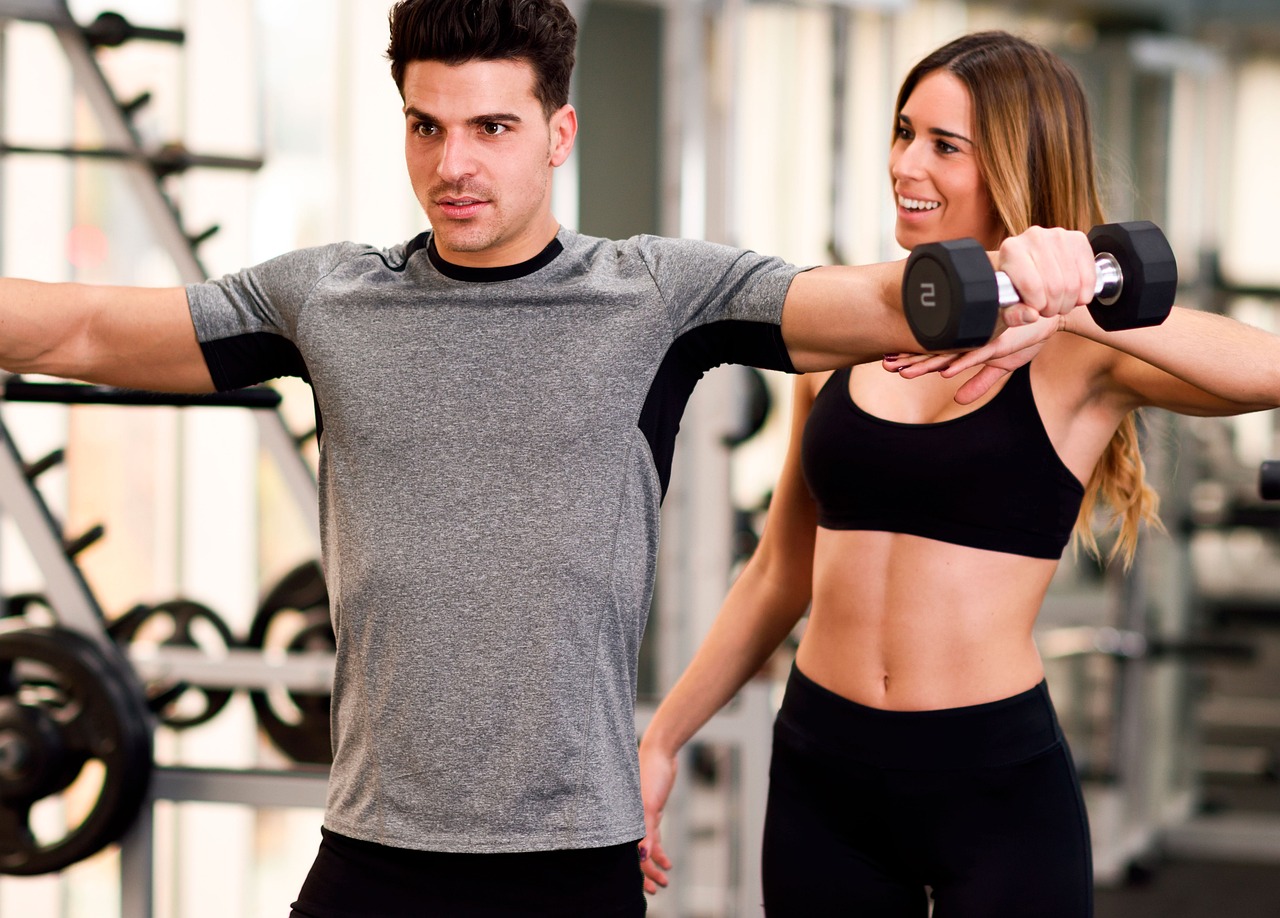Understanding Cold Water Immersion
Cold water immersion (CWI) involves submerging the body in water ranging from 10°C to 15°C for 5 to 15 minutes. The goal is to reduce muscle temperature, constrict blood vessels, and decrease metabolic activity, potentially minimizing inflammation and muscle damage. Recent studies indicate that CWI effectively reduces muscle soreness and enhances recovery. However, it may also impair muscle growth and strength adaptation, which is crucial for those focusing on hypertrophy.
One key mechanism behind CWI's benefits is its ability to slow down enzymatic activity and muscle breakdown post-exercise. This can be particularly helpful for endurance athletes who undergo prolonged training sessions that lead to cumulative muscle damage. Additionally, cold exposure stimulates the release of norepinephrine, a neurotransmitter linked to pain modulation and alertness, which may contribute to perceived recovery benefits.
Diving into Contrast Water Therapy
Contrast water therapy (CWT) alternates between hot (37°C to 40°C) and cold (10°C to 15°C) water immersion, typically in 1-2 minute cycles. This process is thought to promote blood circulation and accelerate the removal of metabolic waste. While some studies suggest CWT slightly outperforms passive recovery in reducing muscle soreness, no significant advantages over active recovery methods have been confirmed.
The physiological basis of CWT lies in the alternating dilation and constriction of blood vessels, which enhances circulation and reduces post-exercise swelling. Some researchers argue that this method can also aid in lymphatic drainage, helping to clear out waste products like lactate from the muscles more efficiently. However, the effectiveness of CWT varies depending on the duration and temperature contrast used.
Recent Scientific Insights
A 2024 meta-analysis reviewed multiple studies on CWI and CWT, revealing that while cold exposure triggers an initial inflammatory response, it is linked to reduced stress levels, better sleep, and enhanced overall health and well-being over time. However, evidence remains inconclusive regarding broader health benefits, particularly due to limited research on long-term effects and gender-specific responses.
In one study, athletes who used CWI after intense training reported improved perceived recovery and lower delayed onset muscle soreness (DOMS). However, other studies suggest that long-term use of cold therapy may blunt adaptations to strength training, as the reduction in inflammation can interfere with the body's natural repair processes. Therefore, the timing and frequency of CWI use should be tailored to individual training goals.
Practical Considerations and Recommendations
For those looking to implement CWI or CWT, gradual exposure is key. Starting with shorter durations and monitoring water temperatures prevents adverse effects like hypothermia. Consulting a healthcare professional is advisable, especially for individuals with underlying health conditions.
It is also important to consider the timing of cold therapy. Some experts recommend using CWI immediately after mastering endurance workouts to reduce muscle damage, while others caution against its use after strength training sessions due to its potential interference with muscle growth. The method should be adapted based on whether the goal is recovery, performance enhancement, or injury prevention.
Furthermore, individual tolerance to cold exposure varies, and what works for one person may not be optimal for another. Psychological factors, including the placebo effect, also play a role in perceived benefits. Some athletes swear by ice baths, while others find alternative recovery methods like compression therapy or active recovery more effective.
CWI and CWT offer potential benefits for muscle recovery, but individual responses vary. Scientific findings are still evolving, and their impact depends on exercise type, physiological differences, and personal goals. Athletes and fitness enthusiasts should consider these factors when incorporating cold therapy into their recovery regimen.
Ultimately, while both CWI and CWT can be valuable tools in a recovery strategy, they should not be viewed as standalone solutions. A well-rounded approach that includes proper nutrition, hydration, sleep, and other recovery techniques will yield the best results.
Sources:
1. Poppendieck, W., Faude, O., Wegmann, M., & Meyer, T. (2024). Cooling and performance recovery of trained athletes: a meta-analytical review. International Journal of Sports Physiology and Performance.
2. Leeder, J., Gissane, C., van Someren, K., Gregson, W., & Howatson, G. (2024). Cold water immersion and recovery from strenuous exercise: a meta-analysis. British Journal of Sports Medicine.
3. Hohenauer, E., Taeymans, J., Baeyens, J. P., Clarys, P., & Clijsen, R. (2024). The effect of post-exercise cryotherapy on recovery characteristics: a systematic review and meta-analysis. PLoS One.
4. Bieuzen, F., Bleakley, C. M., & Costello, J. T. (2024). Contrast water therapy and exercise-induced muscle damage: a systematic review and meta-analysis. PLoS One.
5. Versey, N. G., Halson, S. L., & Dawson, B. T. (2024). Water immersion recovery for athletes: effect on exercise performance and practical recommendations. Sports Medicine.
6. Broatch, J. R., Petersen, A., & Bishop, D. J. (2024). Postexercise cold water immersion benefits are not greater than the placebo effect. Medicine and Science in Sports and Exercise.
7. White, G. E., & Wells, G. D. (2024). Cold-water immersion and other forms of cryotherapy: physiological changes potentially affecting recovery from high-intensity exercise. Extreme Physiology & Medicine.
8. Bleakley, C. M., & Davison, G. W. (2024). What is the biochemical and physiological rationale for using cold-water immersion in sports recovery? A systematic review. British Journal of Sports Medicine.












